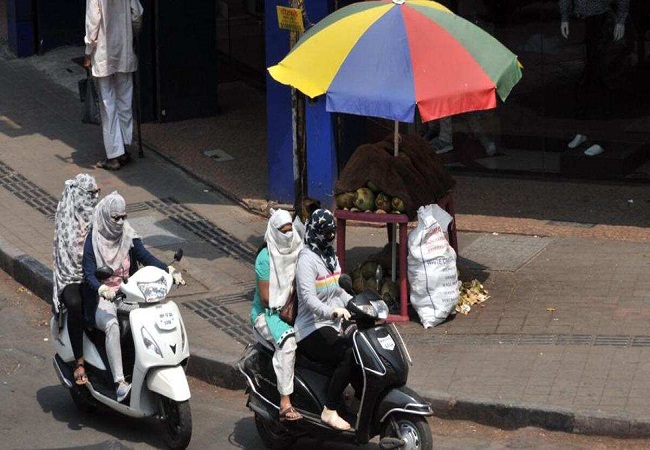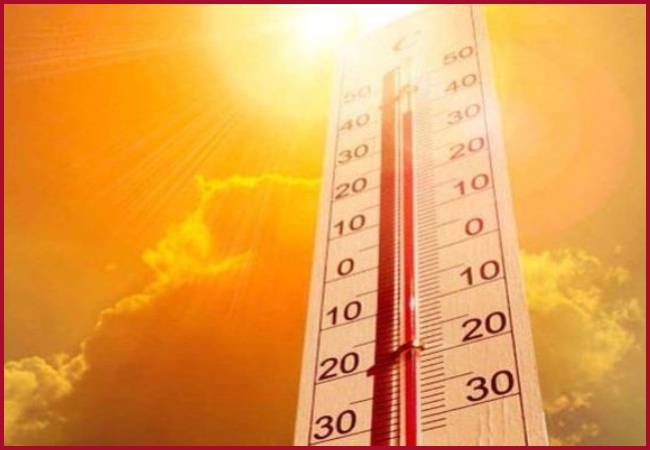
IMD issues heatwave warning for Rajasthan, Madhya Pradesh
New Delhi: The meteorological department recorded the hottest temperature in March so far in New Delhi’s Safdarjung. The temperature in the area was recorded over 38 degrees Celsius on Sunday.
Notably, Jammu and Uttarakhand also recorded heatwaves for a short time last week. People in Rajasthan are also witnessing a heatwave for the last few days.
However, we are going to discuss what are the possible reasons behind the sudden rise in temperature over north and northwest India in March.
Maximum temperatures peak in April
March in India marks the beginning of the summer season. The heating zone starts affecting regions between Odisha and Gujarat.

The IMD records the highest peak of temperature in April and May. The core heatwave zone areas are Rajasthan, Punjab, Haryana, Chandigarh, Delhi, West Madhya Pradesh, Uttar Pradesh, Chhattisgarh, Odhisha, Vidarbha region in Maharashtra.
Hot winds come from the deserts areas situated in northwest India, increasing temperatures in central India regions.
It is reported that this year the geographical expanse of the largest heatwave spell is more compared to previous years.
Reasons behind rise in temperatures
Unusual seasonal transition is one of the factors of the significant rise in temperatures this year.
According to Mrutyunjay Mahapatra, director general, IMD, thunderstorm activity and associated rainfall over most parts of the country has been recorded less than usual.

Except for Kerala, Andaman, and Nicobar Islands, any other states and Union Territories have so far not recorded surplus rain.
Besides, Antarctica is also witnessing an abnormal rise in temperature. As per the reports, the surface air temperature was recorded at a historic low of around 40 degrees Celsius along eastern Antarctica.
Experts say it should be around minus 45 to minus 50 degrees Celsius around this time.




